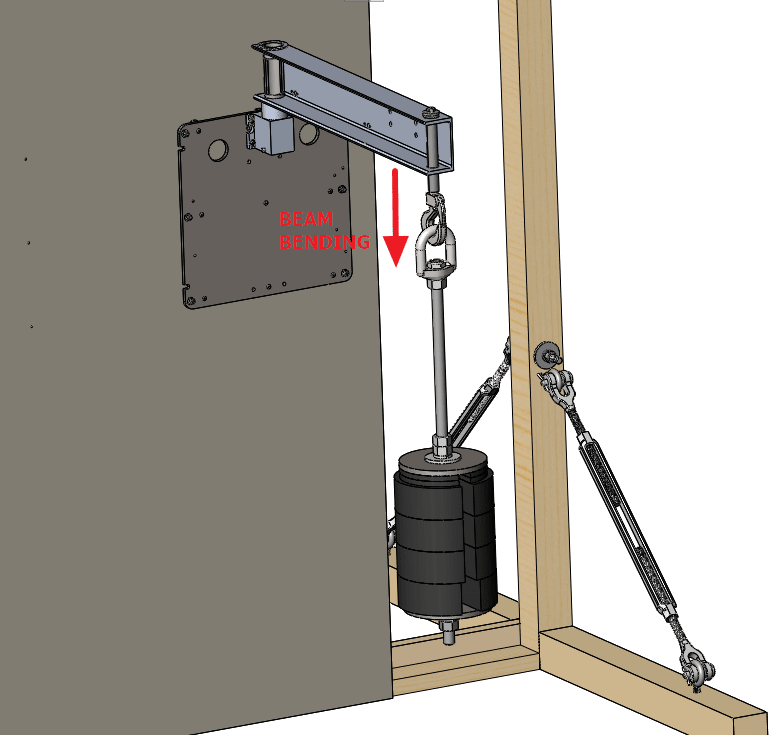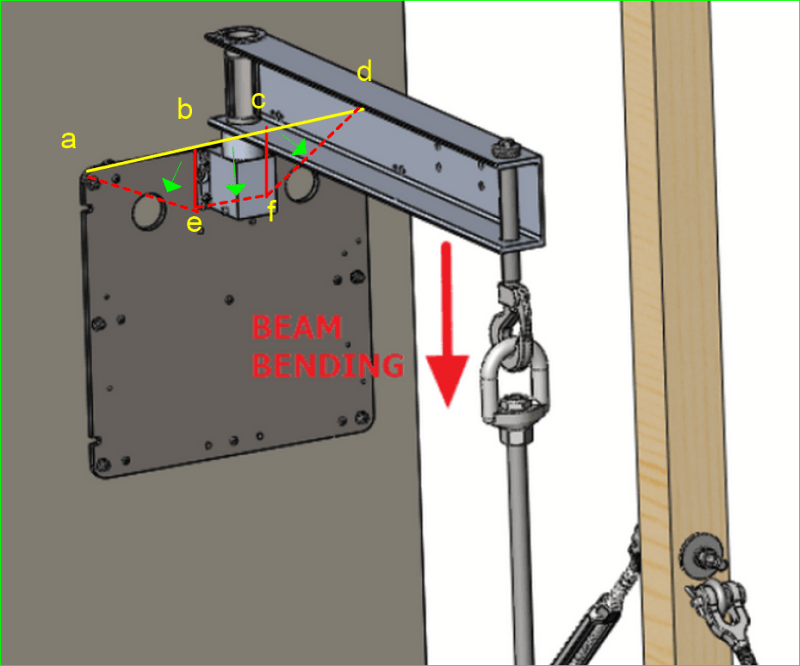Mandrill22
Mechanical
- Jul 30, 2010
- 113
I have a beam bolted to the wall. If I load it on the end, and it bends down 2.5mm (815mm long) at the end, I would think that a force is created on the mounting bolts in reaction to the bending. Is that not accurate? If it is, how would I quantify it?



